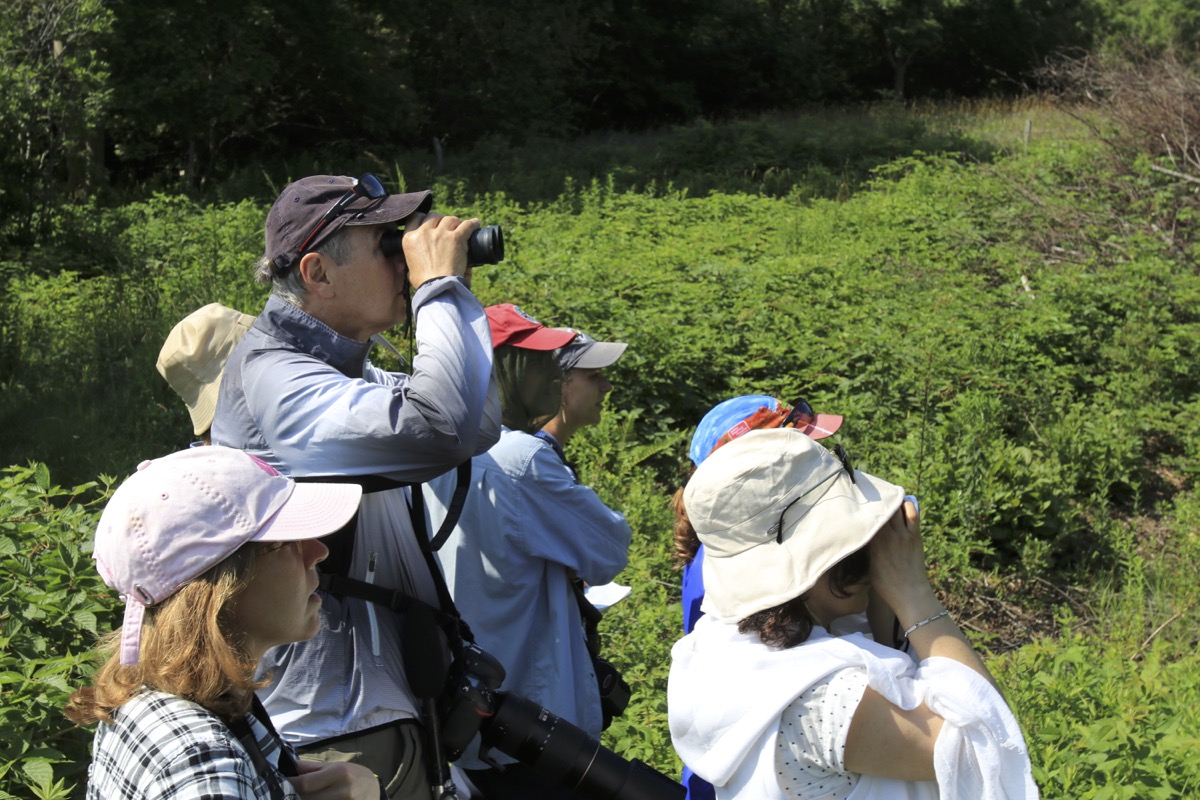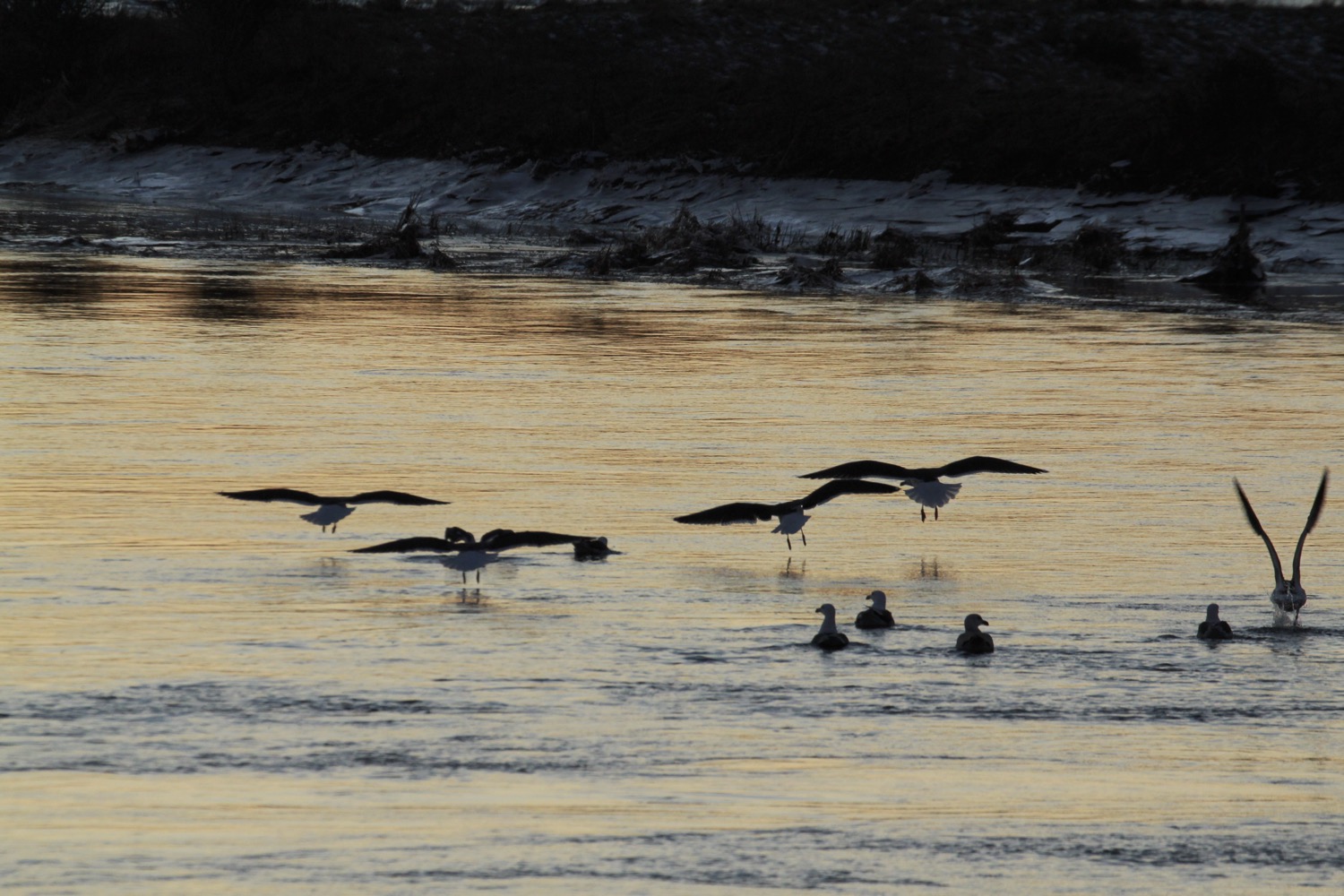Nova Scotia is a landscape of shore to shore to shore, with a bit of land in between. So, in effect, ecologically speaking, there is a narrow squeeze of land in between massive amounts of ocean. This creates a tremendous amount of edge. Edges between land and sea. Edges between forests and streams or open meadows. Edges between forests and rivers and lakes. Edges are well known as being ecologically diverse.
The South Shore of Nova Scotia is no exception, especially when Acadian forests meet white sand beaches.
The really delightful aspect of my July re (treat) was that I registered for a great citizen science experience with Dr. Sarah Gutowsky. We learned to identify 25 bird songs of birds still singing or calling within the area of the Harrison Lewis Coastal Discovery Centre and Thomas Raddall Provincial Park.
What made this an experience? It was “ears on” four times a day. It was being in conversation with a passionate ornithologist. It was about walking, feet touching forest soils, pastures, white sands, and experiencing different times of the day. We were in the company of someone who understands ecology, birds, and a lot about them.
I had the opportunity to interview Sarah before we left the Harrison Lewis Coastal Discovery Centre. Her refreshing, direct responses are instructive.








